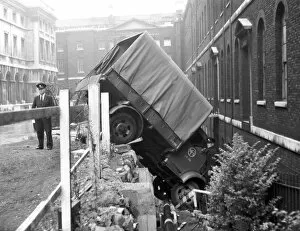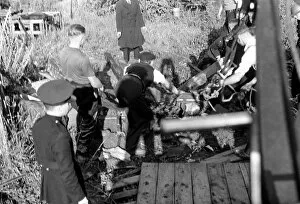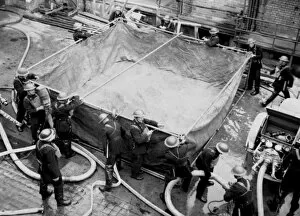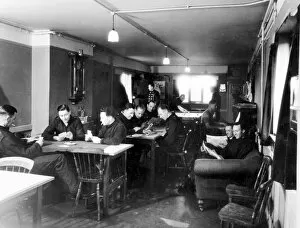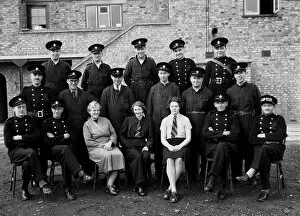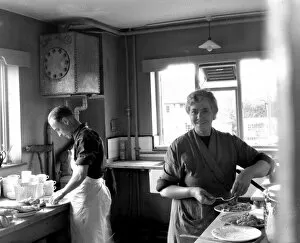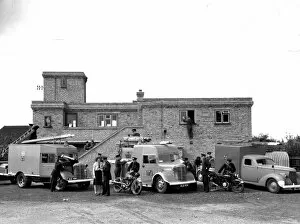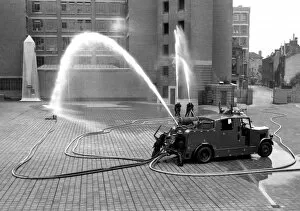Nfs Collection (page 8)
During World War II, the NFS (London Region) played a crucial role in protecting the city from devastating bombings
All Professionally Made to Order for Quick Shipping
During World War II, the NFS (London Region) played a crucial role in protecting the city from devastating bombings. The Bedford Heavy Unit stationed in Pimlico was always ready to respond to emergencies, including the infamous V1 bombing attack. Brave firefighters risked their lives daily, using a 60ft hand-operated turntable ladder to reach towering infernos and rescue those trapped inside. Inside the NFS London Region control room, officers coordinated efforts and made split-second decisions that saved countless lives. Training camps became second homes for these dedicated individuals who honed their skills on assault courses and learned how to handle hoses with precision. The personnel coach from District 34-HQ in Ealing transported firefighters across the city as they tirelessly battled fires caused by enemy attacks. At these training camps, teams of brave men underwent rigorous exercises on obstacle courses while others perfected their technique in using fire hoses. NFS fire engines at Wembley stood as symbols of hope amidst chaos, ready to rush into action at any given moment. The aftermath of bombings left behind scenes of destruction like bomb damage and craters along Petherton Road—a stark reminder of the horrors faced during war. Innovative solutions were also employed by NFS-London Region such as fitting narrow boats with fire pumps—ensuring no area was beyond reach when it came to extinguishing flames threatening innocent lives. The dedication and bravery exhibited by NFS personnel during this tumultuous time will forever be remembered as they selflessly protected London's residents from harm's way.


